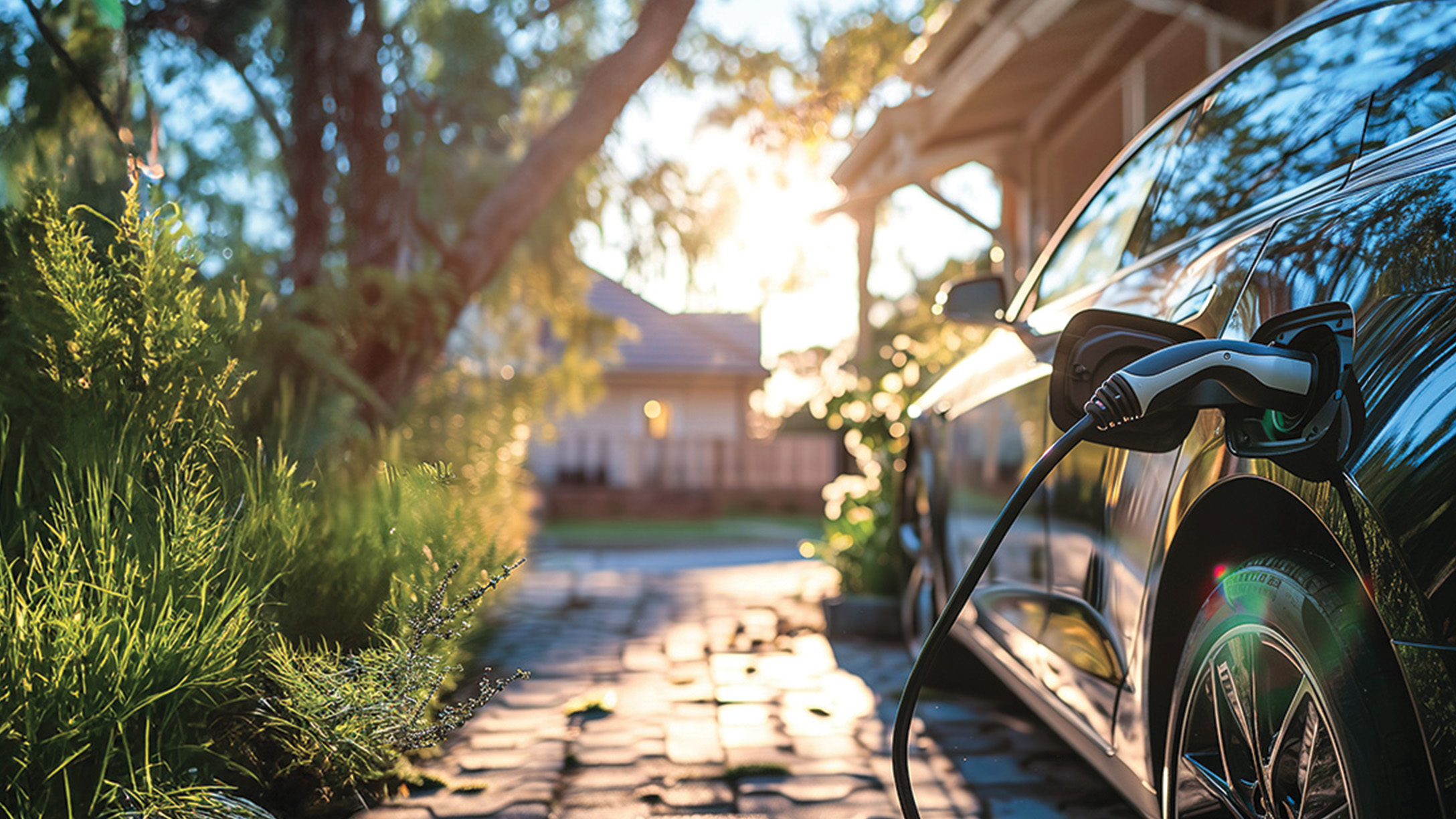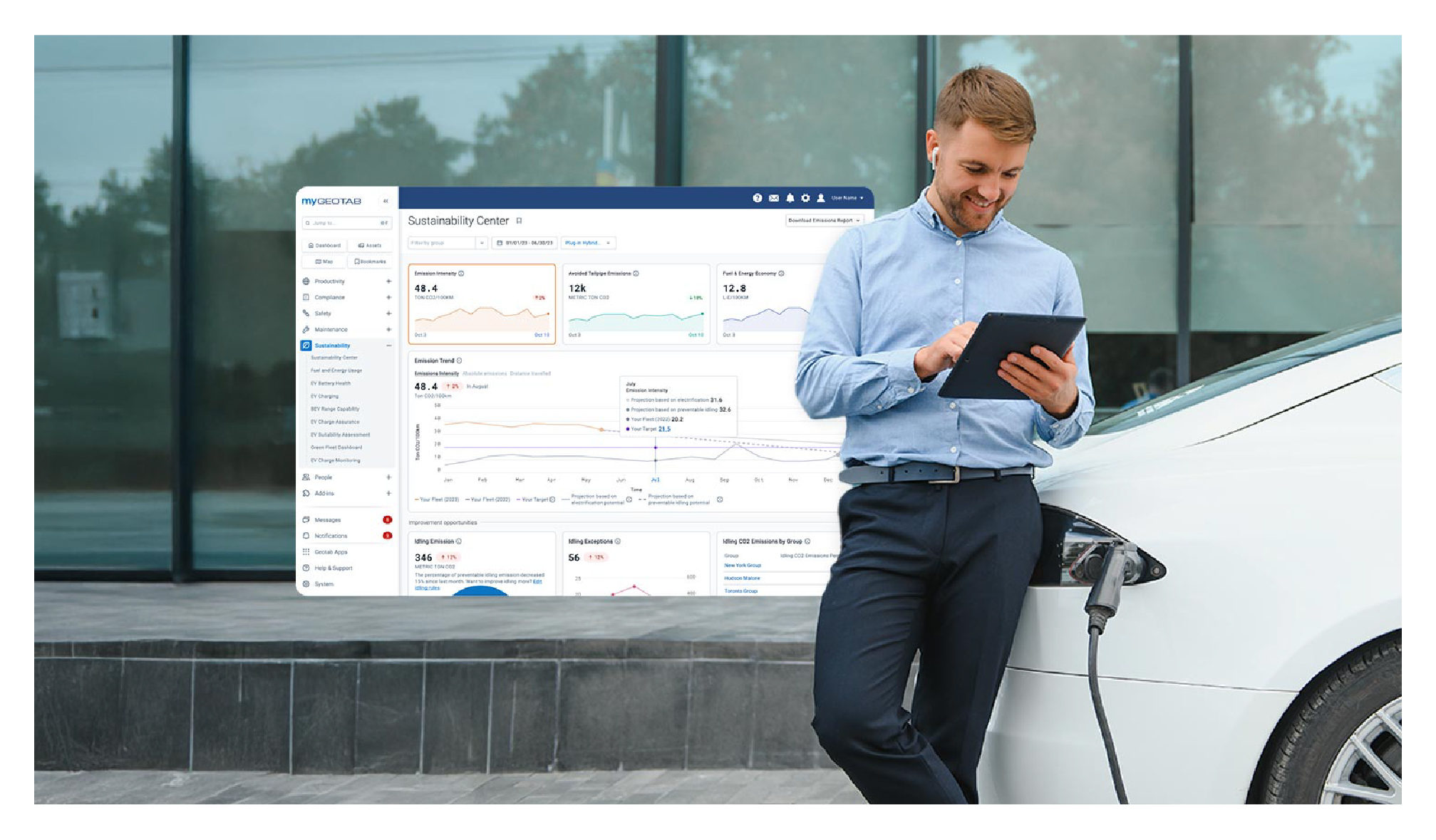How to Maximize EV Range in High Summer Temperatures
Here are some essential tips for both short and long driving conditions to keep your journeys worry free this summer.


Driving an electric vehicle (EV) comes with its own set of strategies for efficiency, particularly under the intense heat of summer. Whether you're a fleet vehicle manager or a daily commuter, understanding how to optimize your EV's range can lead to a more pleasant and cost effective driving experience. Here are essential tips for both short and long driving conditions to keep your journeys worry free, and maintain your battery’s health in the long run.
1. Precondition Your EV
Before you start: Precondition your vehicle while it's still plugged in. This practice allows the car to reach a comfortable cabin temperature using power from the grid rather than draining the battery once on the road. This can significantly conserve your EV's range as climate control systems draw substantial power. Furthermore, when your vehicle is plugged in, the thermal management system can condition the batteries so they don’t overheat, which helps prolong battery life in the long term.
2. Optimize Your Driving Style
Practice smooth acceleration and deceleration. Aggressive driving tends to deplete the battery much quicker. Use regenerative braking to your advantage; by easing off the accelerator early, you allow the car to recover energy that helps to extend your overall range.
Maintain a steady speed and use cruise control when possible. Driving at consistent speeds reduces energy consumption and can significantly improve your EV’s range. Anticipate stops to minimize hard braking, and take advantage of regenerative braking to add extra miles to your drive.
3. Manage Climate Control
Do not overuse air conditioning. It's a power hungry system. Set the A/C to a moderate temperature and if available, turn on the seat coolers which consume less power than cooling the entire cabin.
4. Shade Parking
Whenever possible, park in the shade to keep your vehicle cooler and reduce the demand on the climate control system when you return to your car. If you have access to an outlet when you’re parked, plug in for the additional benefit of battery and cabin conditioning.
5. Consider Charge Options
If you have the option, avoid fast charging (DCFC) on the hottest days. The combination of high heat and high power can add stress to your batteries, contributing to faster degradation rates in the long term.
6. Monitor Tire Pressure Regularly
High temperatures can affect tire pressure. Underinflated tires increase rolling resistance and can lower your EV's range. Regularly check and maintain the recommended tire pressure for optimal efficiency over any distance.
By adhering to these guidelines, EV drivers can enhance driving efficiency, prolong vehicle range and life, and enjoy their summer travel with confidence. Whether you're making a short trip across town or embarking on a lengthy road trip, these measures can help ensure a smooth and efficient journey.
Subscribe to get industry tips and insights

Charlotte Argue joined Geotab in 2019 and is a thought leader on electric vehicles (EVs), working on accelerating EV uptake since 2009.
Subscribe to get industry tips and insights
Related posts

Marketplace Spotlight: From Chaos to Clarity, Innovating Fleet Claims with Xtract
April 15, 2025
1 minute read

Unlocking Safer Roads: How Behavioral Science and Technology Are Improving Driver Safety
April 14, 2025
2 minute read
.jpg)


Geotab’s new fleet Sustainability Center simplifies fuel and emissions reduction
March 3, 2025
3 minute read
.png)
Marketplace Spotlight: Behind the Vision of Predictive Coach
January 30, 2025
1 minute read